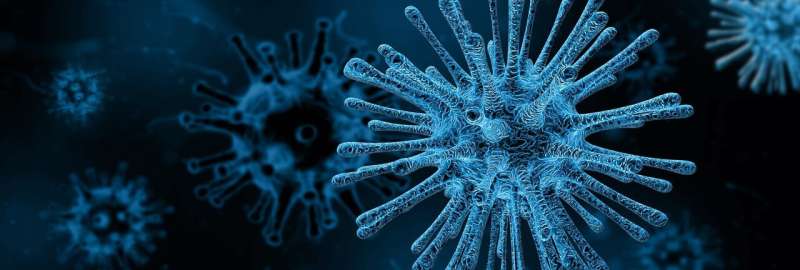The Connection Between Handedness and Neurological Disorders

Handedness, whether left-handed, right-handed, or mixed-handed, has long been a subject of interest not only in daily life but also in medical research. Recent studies reveal intriguing links between an individual's dominant hand and the likelihood of developing certain neurological and neurodevelopmental disorders. Notably, left-handedness and mixed-handedness are more prevalent among patients with conditions such as autism spectrum disorders, dyslexia, and schizophrenia.
This association appears to stem from early brain development processes. Research indicates that both handedness and these disorders involve brain regions related to language and communication, which are predominantly localized in one hemisphere. For example, left-handedness and mixed-handedness are statistically more common in individuals diagnosed with dyslexia—a reading impairment—highlighting a possible developmental connection.
Further investigations through meta-analyses have reinforced that these atypical handedness patterns are particularly associated with early-onset disorders characterized by linguistic symptoms. Autism and schizophrenia, which often involve communication challenges or auditory hallucinations, show higher incidences of non-right-handedness.
Interestingly, the correlation between handedness and neurodevelopmental disorders is stronger when symptoms manifest early in life. Conditions like depression, which typically emerge later, do not exhibit the same association, emphasizing the role of early brain development in this link.
Scientists hypothesize that overlapping mechanisms during early neural development influence both handedness and the emergence of certain neurological conditions. This understanding not only contributes to the broader comprehension of brain lateralization but also might inform early diagnosis or targeted interventions in the future.
In summary, handedness serves as a window into brain development processes linked to various neurological and neurodevelopmental disorders. The ongoing research in this field continues to uncover the complex relationship between early brain lateralization and mental health outcomes.
Stay Updated with Mia's Feed
Get the latest health & wellness insights delivered straight to your inbox.
Related Articles
Gene Variant Impairs Brain's Debris Clearance, Elevating Alzheimer's Risk
A recent study reveals how a gene variant disrupts microglia, impairing brain debris clearance and increasing Alzheimer's disease risk. Discover the latest genetic insights into neurodegeneration.
How the Immune System's Response to Drugs Could Revolutionize Cancer Treatment
New research reveals how harnessing the immune system’s natural response to nanoparticles can enhance cancer treatment, reduce side effects, and improve drug delivery effectiveness.
Unexpected Births: NZ Ambulance Teams Share Their Experiences During Sudden Out-of-Hospital Deliveries
New Zealand ambulance crews share their experiences managing unexpected out-of-hospital births, highlighting challenges and the importance of specialized emergency training to ensure safe deliveries.
Surge in COVID-19 Cases in Maryland Amid End of Summer and School Reopening
Maryland faces a significant rise in COVID-19 cases and hospitalizations as summer ends and schools reopen, highlighting ongoing risks and seasonal patterns of the virus.



